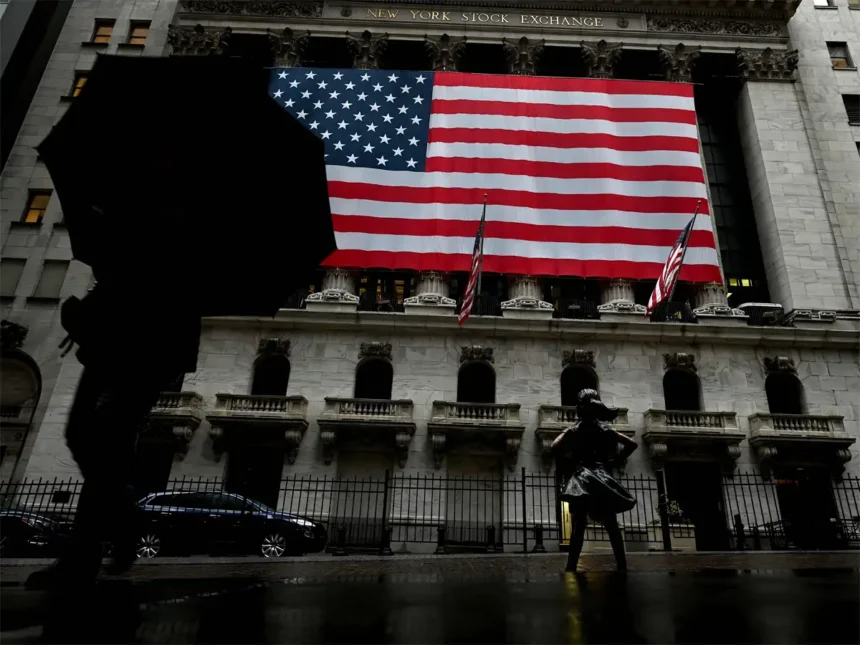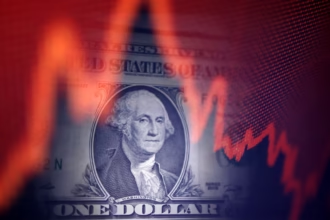Despite widespread concerns that the U.S. economy is currently navigating a “bad to ugly” phase, investors are surprisingly upbeat, finding opportunities amid uncertainty and volatility. Here’s a deep dive into why the grim economic landscape isn’t dimming investor enthusiasm — and why some market watchers see potential for gains even as economic indicators falter.
Economic Reality: Troubling Signals Across the Board
Multiple reports and data points have painted a challenging picture of the U.S. economy lately. Growth rates have slowed significantly, consumer confidence is shaky, inflation remains stubbornly high in certain sectors, and concerns about potential recessions loom large. Additionally, sectors like manufacturing and housing have shown signs of contraction, and job market dynamics are shifting in unpredictable ways.
Experts often describe this period as “bad to ugly” because the negative indicators have intensified, yet the worst outcomes haven’t fully materialized. Inflation pressures, interest rate hikes, geopolitical uncertainties, and supply chain disruptions continue to weigh heavily on economic sentiment.
So Why Are Investors So Bullish?
- Markets Look Ahead
Stock markets tend to be forward-looking, pricing in expectations rather than current realities. Many investors believe the worst is priced in and are positioning themselves to benefit when conditions stabilize or improve. This “buy the dip” mentality often drives rallies even amid economic pain. - Strong Corporate Earnings and Balance Sheets
Despite economic headwinds, many large corporations continue to report robust earnings and maintain healthy balance sheets. Tech giants, healthcare firms, and consumer discretionary companies have demonstrated resilience, fueling investor confidence. - The Search for Yield in a Low-Interest Environment
Even as the Federal Reserve has raised rates, yields on bonds and savings remain historically low by longer-term standards. Investors seeking returns often turn to equities and alternative assets, supporting stock prices. - Sector Rotation and Innovation
Innovative industries such as AI, clean energy, and biotech are attracting massive capital inflows, driven by expectations of long-term growth. This focus on future growth sectors encourages investment even when broader economic data is weak. - Liquidity and Monetary Policy Support
Central banks, including the Fed, have provided extensive liquidity support in recent years. Although tapering and tightening are underway, the legacy of this monetary accommodation continues to buoy markets.
The Role of Investor Psychology
Investor sentiment is complex and can sometimes seem counterintuitive. The fear of missing out (FOMO), herd behavior, and the anticipation of future recovery can outweigh short-term economic pain. Moreover, institutional investors with long-term horizons often use volatile markets to adjust portfolios strategically rather than panic sell.
Risks Remain
While the optimism is palpable, risks persist. Potential escalations in geopolitical tensions, renewed inflation spikes, policy missteps, or unexpected shocks could quickly alter the landscape. Investors must remain vigilant and diversified to weather these uncertainties.
Conclusion
The paradox of a “bad to ugly” economy alongside buoyant investor markets underscores the dynamic nature of modern finance. While economic fundamentals are undeniably strained, the forward-looking mindset of investors, coupled with pockets of corporate strength and innovation, creates fertile ground for investment gains. Navigating this terrain requires both caution and the agility to capitalize on emerging opportunities.














